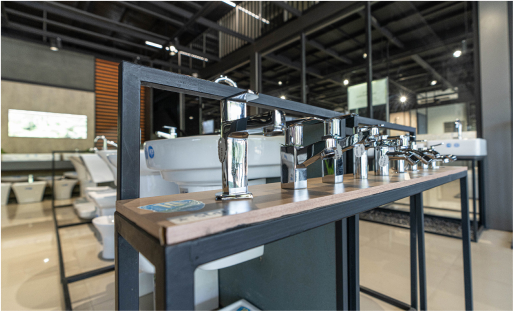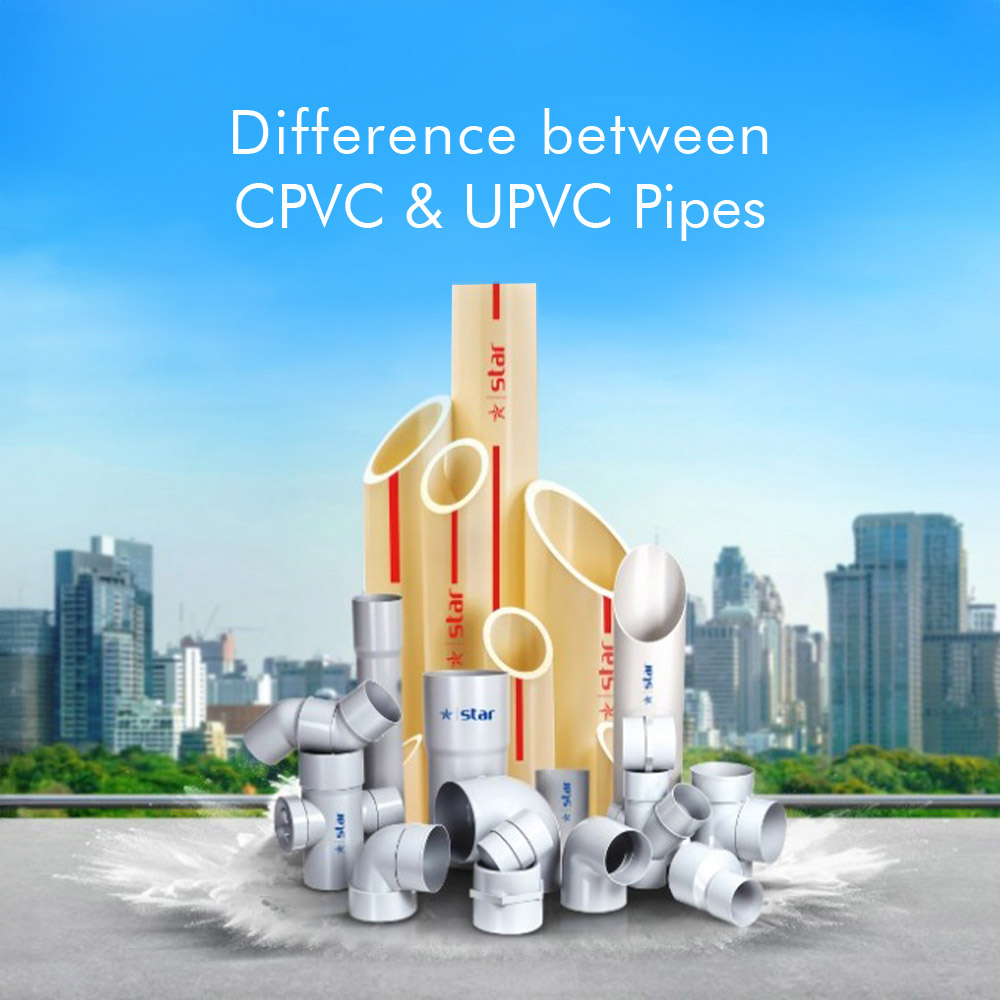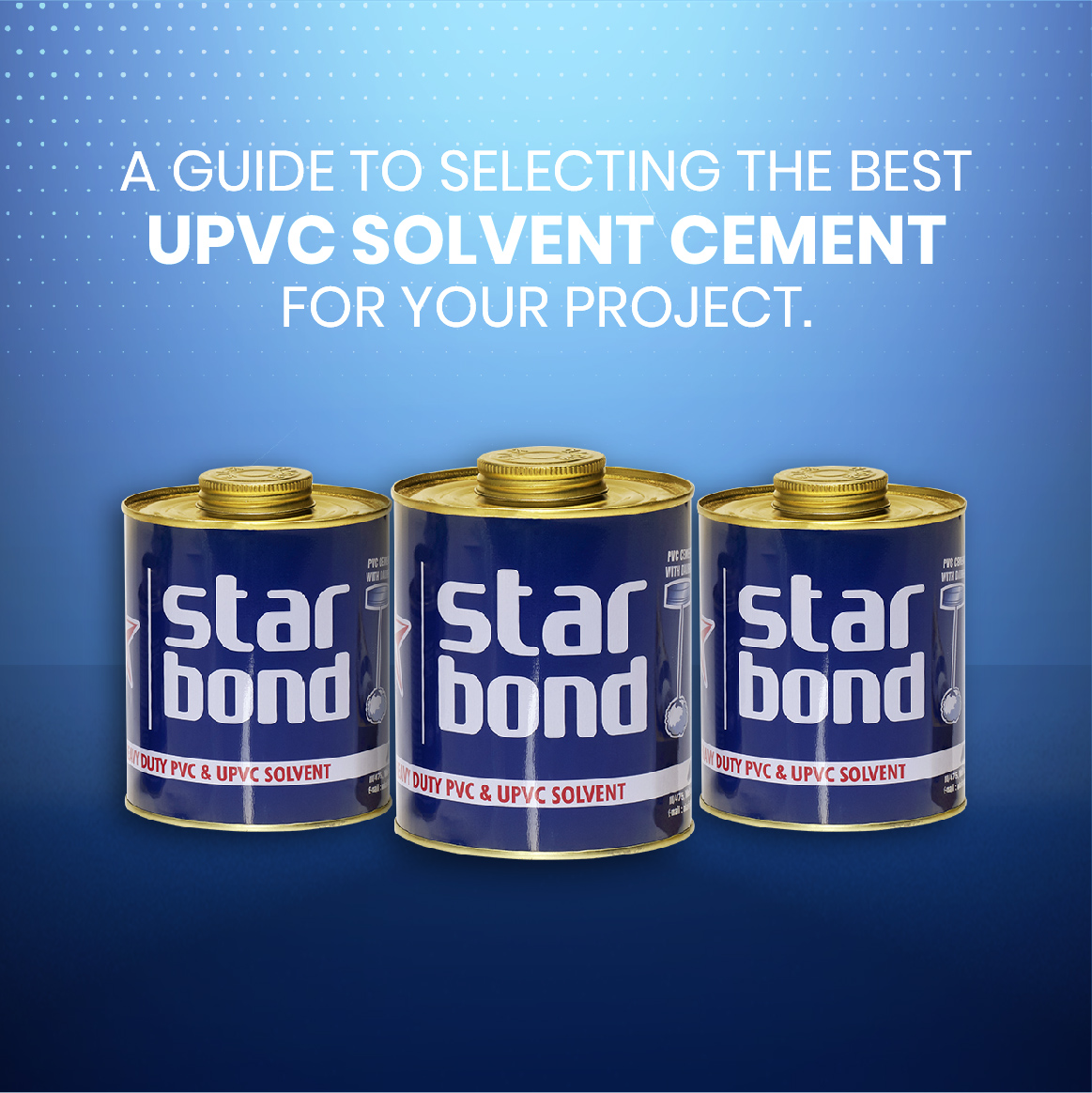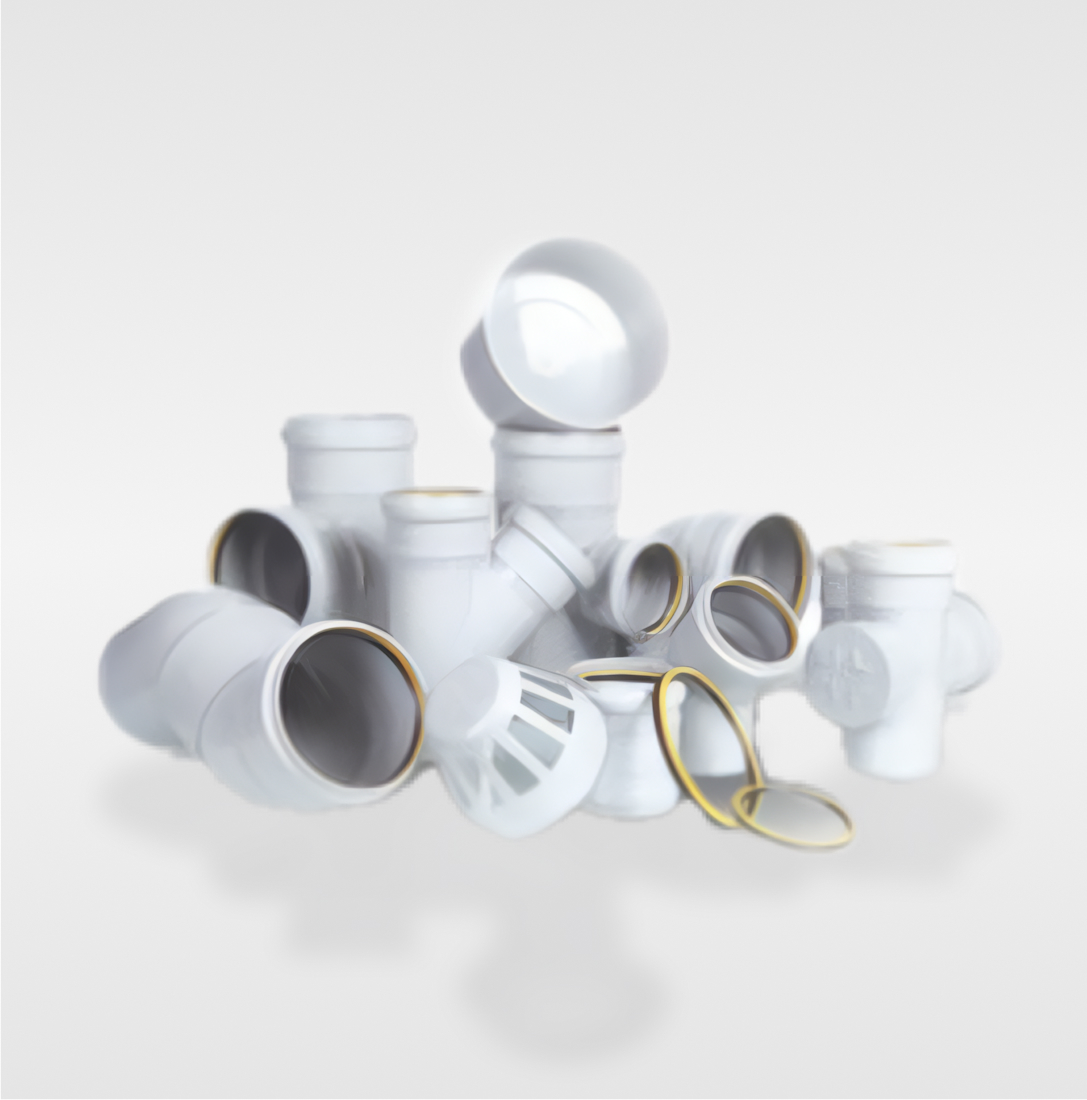Modern plumbing has evolved rapidly with new technologies and materials. Among the most trusted solutions today are CPVC (Chlorinated Polyvinyl Chloride) and UPVC (Unplasticized Polyvinyl Chloride) pipes. Both are widely used in residential, commercial, and industrial projects, but they serve different needs. Let’s break down the difference between CPVC and UPVC pipe and decide which one suits modern plumbing systems better.
What is CPVC?
CPVC pipes are made from chlorinated PVC, giving them the ability to withstand high temperatures (up to 93°C). This makes them ideal for hot and cold water supply, Industrial fluid handling, Plumbing in high-rise buildings.
Benefits of CPVC:
• High heat resistance
• Smooth internal surface for better water flow
• Long life span (up to 50 years with proper use)
• Resistant to corrosion and scaling
What is UPVC?
UPVC pipes are unplasticized PVC, meaning they are rigid, strong, and highly durable. These pipes are best for:
• Cold water supply
• Drainage & sewage systems
• Agriculture and irrigation
Benefits of UPVC:
• Cost-effective solution
• Lightweight and easy to install
• Resistant to chemicals and UV rays
• Maintenance-free and eco-friendly
CPVC vs UPVC Pipes: Understanding the Key Differences
When it comes to plumbing systems, choosing the right type of pipe is crucial for performance, durability, and safety, Although they look similar, both materials perform differently under varying conditions. Let’s explore how they differ in temperature tolerance, applications, and cost.
1. Temperature Tolerance
The major difference between CPVC and UPVC is their ability to handle heat.
- CPVC pipes withstand temperatures up to 93°C, so they work perfectly for hot and cold water systems.
- In contrast, UPVC pipes tolerate only up to 60°C, which makes them suitable mainly for cold water applications.
Because of this difference, CPVC performs better in places where hot water flow is required, while UPVC remains ideal for standard cold-water lines.
2. Usage and Applications
Each material has its own area of strength.
- CPVC serves well in hot water plumbing, commercial complexes, and industrial setups where both high temperature and pressure are common.
- Meanwhile, UPVC is mostly used for cold water supply, sewage lines, and agricultural irrigation.
So, when the system involves heated fluids or high pressure, CPVC offers better reliability. For everyday residential or irrigation systems, UPVC is more than sufficient.
3. Durability and Strength
Both CPVC and UPVC are long-lasting and corrosion-resistant. However, their strength behaves differently under extreme conditions.
- CPVC retains its rigidity and performance even in high-pressure and high-temperature environments.
- UPVC, on the other hand, performs best under normal pressure and temperature, providing stable and dependable service for regular plumbing systems.
4. Cost Comparison
Cost often influences the final decision.
- CPVC pipes tend to be slightly more expensive because of their heat-resistant composition and specialized manufacturing process.
- UPVC pipes are more economical, making them a budget-friendly option for general water supply and drainage projects.
Although CPVC costs more, it offers long-term value for hot water systems, while UPVC helps save costs in low-temperature applications.
5. Common Applications
Here’s a quick summary of their most popular uses:
- CPVC: Hot water plumbing in homes, commercial buildings, and industrial plants.
- UPVC: Cold water lines, sewage systems, and farm irrigation setups.
Which is Better for Modern Plumbing?
- If your project needs hot water supply, durability under heat, and high-pressure resistance → CPVC is the right choice.
If you need a budget-friendly, long-lasting solution for cold water and drainage → UPVC is the better option.




